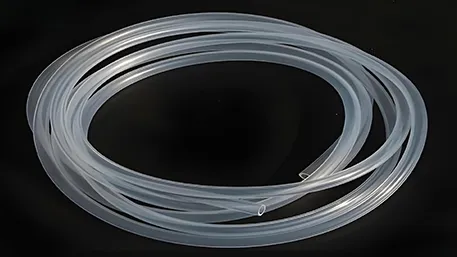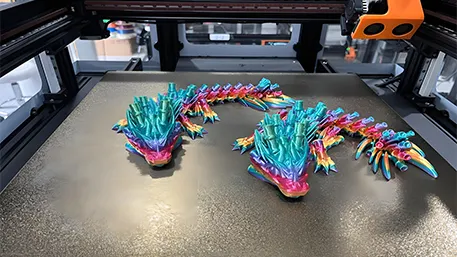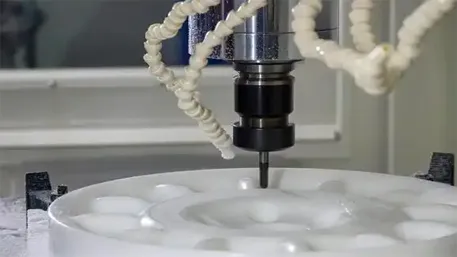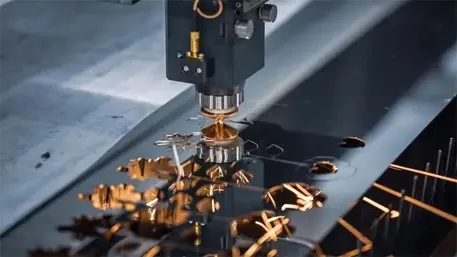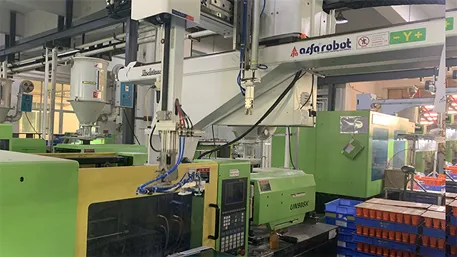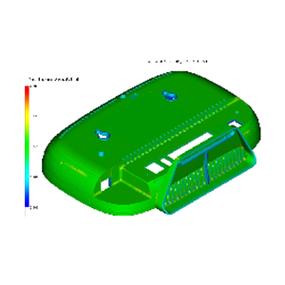Plastic mold manufacturing refers to according to the product design requirements, through machining, electrical processing, heat treatment and other means of technology, raw materials (such as steel, aluminum, etc.) into a mold with a specific shape, size and precision, for plastic molding process of injection, blow molding, compression and other processes, in order to produce plastic products to meet the requirements. Plastic mold manufacturing is an indispensable and important part of the plastics industry, and its quality directly affects the quality of the final product and production efficiency.
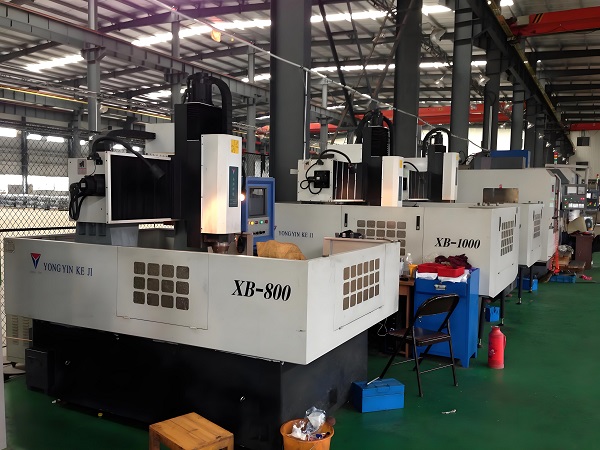
1. Plastic mold manufacturing technology principle
The technical principle of plastic mold manufacturing is mainly based on the knowledge of material processing science, mechanical design and manufacturing, heat treatment and other disciplines. In the manufacturing process, it is first necessary to carry out mold design according to the product drawings to determine the structure, size and accuracy requirements of the mold. Then, suitable materials are selected, and the raw materials are processed and treated through machining methods such as milling, grinding, electric discharge machining (EDM), wire cutting, and other technological means such as heat treatment and surface treatment, so as to ultimately obtain a mold that meets the requirements. The manufacturing precision and surface quality of the mold have a vital impact on the molding quality of plastic products.
2.Plastic mold manufacturing customization
Plastic mold manufacturing supports highly customized services to meet the individual needs of different customers. The customization process usually includes the following steps:
Demand analysis: In-depth communication with customers to understand the product’s function, size, appearance and other specific requirements.
Mold design: According to the customer’s needs, carry out the preliminary design and 3D modeling of the mold to ensure that the mold structure is reasonable and the dimensions are accurate.
Material selection: According to the use conditions and requirements of the mold, select the appropriate mold materials, such as high-quality steel, aluminum and so on.
Processing and Manufacturing: Adopt advanced machining equipment and process to process the mold material accurately to ensure the precision and surface quality of the mold.
Trial mold and adjustment: After the completion of mold manufacturing, carry out trial mold verification, adjust and optimize the mold according to the results of the trial mold, to ensure that the mold can stably and efficiently produce plastic products that meet the requirements.
Delivery and after-sales service: Deliver the qualified molds to customers and provide perfect after-sales service and technical support.
3.Introduction of plastic mold manufacturing materials
Steel
Materials: Commonly used are P20, NAK80, S136 and other grades of steel.
●High strength, high hardness, good wear resistance, suitable for manufacturing high-precision, high life-span molds.
●Excellent heat treatment performance, can be quenched, tempered and other processes to improve the hardness and wear resistance.
●Good processing performance, easy to carry out mechanical processing and electrical processing.
●Moderate cost, widely used in the manufacture of various plastic molds.
Aluminum
Material: 7075, 6061 and other grades of aluminum alloy are commonly used.
●Small density, light weight, suitable for the manufacture of large molds or need to reduce the weight of the mold.
●Good thermal conductivity, conducive to heat transfer and cooling in the plastic molding process.
●Excellent processing performance, easy to carry out mechanical processing and surface treatment.
● Relatively low cost, but the strength and abrasion resistance is a little inferior to steel.
4. Plastic Mold Product Characteristics
Product: Plastic mold
●High precision, generally can reach IT6-IT7 level, some high-precision molds can reach IT5 level.
Good surface quality, roughness Ra value can be controlled below 0.4μm to meet the requirements of high-precision molding.
●Good wear resistance, after heat treatment, the surface hardness of the mold can reach HRC50-60, prolonging the service life of the mold.
●Stable structure, able to withstand high pressure, high temperature and other harsh working environment, to ensure the stability and safety of the molding process.
●Strong customizability, capable of personalized design and manufacturing according to customer needs, to meet the diversified market demand.
Plastic mold manufacturing FAQ
Q1: How long does it take to manufacture plastic molds?
A: The time for plastic mold manufacturing varies depending on the complexity of the mold, size, material selection and other factors. Generally speaking, the manufacturing cycle for simple molds may range from a few weeks to a month, while complex molds may take several months or even longer.
Q2: How to ensure the precision and life span of plastic molds?
A: Ensuring the precision and life of plastic molds needs to start from several aspects. First of all, in the mold design stage, we should fully consider the molding requirements of the product and the structural reasonableness of the mold; secondly, we should choose high-quality mold materials in material selection; again, we should strictly control the processing accuracy and surface quality during the processing and manufacturing process; lastly, we should pay attention to the maintenance and repair of the molds in the process of using to avoid excessive wear and tear and damage.
Q3:What are the common processing methods in plastic mold manufacturing?
A: Common processing methods in plastic mold manufacturing include milling, grinding, electric discharge machining (EDM), wire cutting and so on. Milling and grinding are mainly used for roughing and semi-finishing machining of molds; EDM is applicable to the processing of complex shapes and fine holes of molds; wire cutting is mainly used for contour cutting and precision machining of molds. These processing methods have their own advantages and disadvantages, need to choose the appropriate processing method according to the specific conditions and requirements of the mold.

